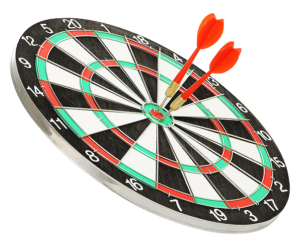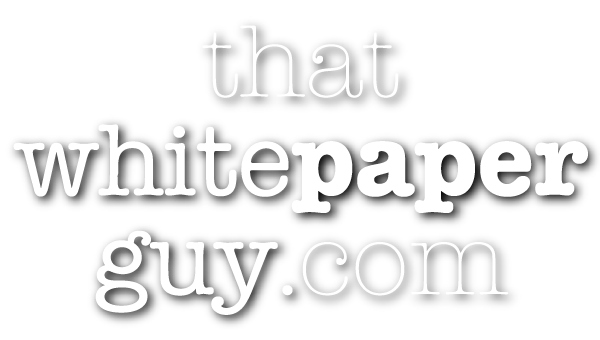
Quick tip: Understand the audience for your white paper
Comedians know it. Politicians know it.
And white paper writers must know it, too.
The first key to success is to understand your audience.
“Understanding your audience will help you write the content they need in the words and the way they need it,” says industry veteran Ginny Redish in her excellent book, Letting Go of the Words.
Knowing who you’re trying to reach can help you plan your content to be useful and appealing.
That’s why you must start every white paper project by doing an audience analysis.
This doesn’t have to take very long or cost a great deal. In fact, I can usually do this in 15 or 20 minutes during a Zoom.
So it’s a step no white paper writer can afford to skip.
 Knowing your audience helps you answer all these questions:
Knowing your audience helps you answer all these questions:
• What problems do they experience?
• What terms and acronyms do they know?
• How much technical detail do they want?
• What proof points will impress them?
• What info should you put in?
• What should you leave out?
Here are three key questions to ask the client, the sales team, and anyone else who can shed some light on your target audience.
Q1: Who is the ideal prospect for the client’s offering?
The answer includes demographic data such as age, sex, education, location; anything you can state as facts or numbers.
This should also include psychographic insights about the attitudes, issues, or opinions of those prospects.
What headaches or pressures do they face on the job?
What keeps them awake at night?
If you have no research, use anecdotal conversations, comments from trade shows, and frequent themes in forums or trade associations.
Q2: What do they do on the job?
This includes your prospect’s job title, responsibilities, and where they fit in the hierarchy. Are they a decision-maker, an advisor, or someone on the selection committee?
Q3: Where do they work?
This includes the size, type, sector, and location of the organization.
Ideally, the client has created a set of personas (character profiles of typical customers) that spell all this out. If not, consider this your first research job.
Ask anyone who talks to prospects: people from marketing, sales, or customer service. A customer advisory board can be an ideal source.
Then use your research to develop a brief description of your intended reader. The closer you can get to an actual person you can visualize, the better.
Some real-world examples
Here’s the format I generally use to describe a white paper audience:
Our intended reader is a [sex] [age] [job title] in a [size of company] [sector of company] in [location of company] [anything else important].
Here’s what this looked like for one white paper I wrote:
Our intended reader is a 40- to 60-year-old male IT director in a mid-sized manufacturing company based in North America with their manufacturing outsourced to Asia.”
Sometimes demographics are less important than the concerns that drive your audience.
Here’s another example I developed:
Our ideal prospect is a seasoned project manager working in a federal government agency or as a prime contractor for a major infrastructure project. This project manager must coordinate many subcontractors to bring in a project on time and on budget.
As you draft your white paper, you may have dilemmas or differences of opinion about what to put in and what to leave out.
In that case, ask yourself, “Does our audience need to know this? Would they understand this? Do they care about this?”
This customer snapshot will guide you.
What if you have more than one audience for the same document?
In that case, call one the primary reader and the other secondary.
Focus at least 80% of your content on the interests of the primary reader.
And if you need to, you can layer the information for the secondary audience as discussed in this article.
Originally published June, 2014. Last updated 22 January 2024.
Want to see more tips like this? Get my free newsletter White Paper World




[…] the company has developed any personas to represent their key target markets, get them and study […]
[…] For more, see Know your audience for a white paper. […]